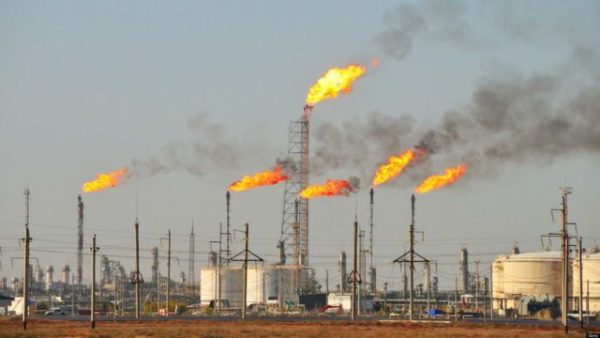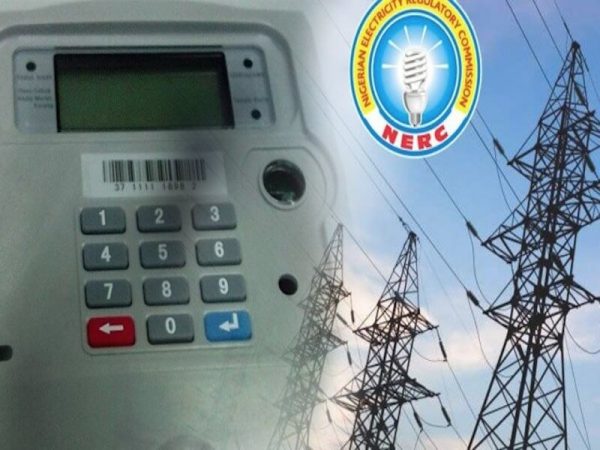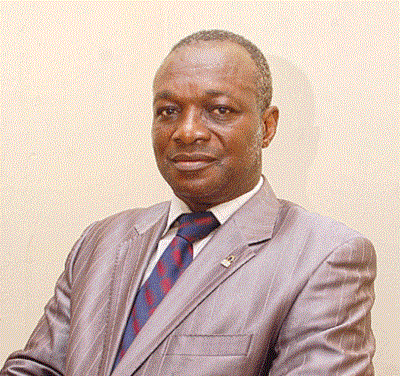NNPCL flares 100% gas output, earns zero revenue in Sept

Despite the federal government’s gas monetisation policy and pledge to the United Nations to attain net zero by 2060, state oil firm, Nigerian National Petroleum Company Ltd flared 100 per cent of their gas output in September and earned no revenue from it during this period.
The NNPCL gas production and utilisation data for September 2022, obtained by media source, described its subsidiary, Nigerian Petroleum Development Company as one of the worst offenders in gas flaring in September, as the firm and its Joint Venture partners, Seplat Petroleum Development Company and NPDC-Chevron Nigeria, flared 100 per cent of their entire gas output of 106 million standard cubic feet of gas and 7 million standard cubic feet of gas, respectively.
The firm further noted that Newcross Exploration and Production Ltd and Belema Oil flared about 96 per cent and 75 per cent of their 112 million standard cubic feet of gas and 21 million standard cubic feet of gas, respectively.
About 8 billion SCF of gas was flared in the month under review, representing 5 per cent of the total gas output for the month, compared with 10 billion SCF of gas flared in the month of August, according to the report.
This is coming at a time the country is battling a cash crunch due to a drop in its oil revenue on the back of a significant decline in oil production which dipped to below 1 million barrels per day, the lowest in 32 years.
The government has been relying heavily on borrowing to finance its activities, as its debt reached an all-time high of N42.84 trillion in June.
The NNPCL gas production and utilisation data did not state why the firm had flared the whole of its gas production for the month. The firm’s spokesperson, Garba Deen did not also respond to both phone calls and messages sent to him.
Mobil emerged as the highest gas producer in the month under review with a total output of about 25 BSCF of gas, out of which it utilised 23 BSCF of gas and flared 1.6 BSCF of gas.
Shell Nigeria followed with a total gas output of about 25 BSCF of gas, utilising 24 BSCF and flaring 0.5 BSCF; Chevron Nigeria produced about 24 BSCF of gas, out of which it utilised 23 BSCF and flared 0.2 BSCF of gas and Total Energies Nigeria produced about 23 BSCF of gas, out of which it utilised 22 BSCF and flared 0.6 BSCF of gas.
The federal government had declared 2020 and beyond a decade of gas and projected gas as its transition fuel.
Professor and Economist at Onabanjo University, Ago-Iwoye, Ogun State, Tella Sheriffdeen, told media source during a telephone interview that NNPCL should be made to face the wrath of the law if found guilty.
“These government agencies like to do whatever they like because there is no punishment. If government agencies cannot obey the law, then, what do you expect from private organisations,” he queried.
He said this was not good enough for the country because the public sector is supposed to be the first to obey the law.
“This is unfortunate because the same NNPCL would refuse to pay anything into the account claiming that they are private entities as if the natural resources belong to an individual.
“NNPCL should be punished according to the rule of law,” he said.
Further analysis of the report showed that the total gas output by oil and gas companies operating in the country appreciated by about 2 per cent to 149 BSCF in the month under review from 146 BSCF recorded in August 2022.
The breakdown of output for September translates to a daily average of about 4.9 BSCF compared with 4.8 BSCF recorded in the previous month.
According to the national oil firm, about 106 BSCF of the output was associated gas, while about 43 BSCF was non-associated gas.
The corporation noted that 140 BSCF of gas, representing 94 per cent of the total gas output, was utilised in the month under review, compared with 136 BSCF, representing 93 per cent of total gas, produced in August 2022.
Under the total gas utilised segment for September, the NNPCL stated that 9 BSCF of gas was used for fuel gas; 48 BSCF was utilised by the Nigerian Liquefied Natural Gas; 8 BSCF was used by the Escravos Gas to Liquid project, and 2 BSCF was used for Natural Gas Liquids/Liquefied Petroleum Gas.
In addition, the corporation reported that 22 BSCF of gas was allocated for domestic supply through the Nigerian Gas Company and others, while about 50 BSCF of gas was re-injected and utilised for gas lift make-up.








